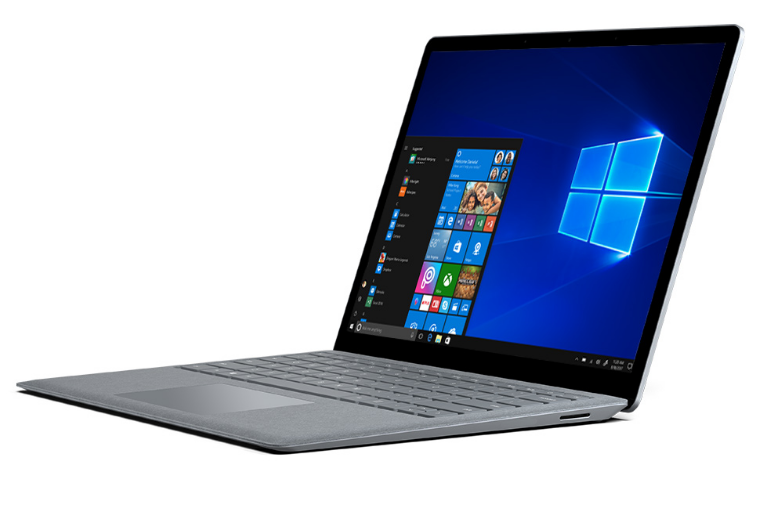Old or failing drivers are the underlying driver of numerous Windows 10 bluescreen mistakes. The PNP_DETECTED_FATAL_ERROR is the same. Typically brought about by failing Plug and Play (PNP) drivers or gadgets, it can without much of a stretch be settled utilizing the accompanying techniques.

Steps to fix PNP_DETECTED_FATAL_ERROR in Windows 10.
Update Drivers
Perhaps the least demanding approaches to determine a plenty of blue screen blunders is to guarantee that your PC has the most recent drivers introduced.
Be that as it may, if Windows 10 update your drivers as of late and the blunder showed up just after, it’s ideal to return to the old rendition. Drivers can without much of a stretch be overseen utilizing Windows in-constructed Device Manager.
How to update driver
- Press Windows Key + R to dispatch the Run application. Type in devmgmt.msc in the content box and hit Enter to open the Device Manager.
- In the Device Manager, explore to the ideal gadget and extend the menu. Right-click on the driver and select Update Driver. Since we’re managing the PNP_DETECTED_FATAL_ERROR, it’s ideal to refresh drivers identified with gadgets like consoles, mice, earphones, and so on
- In the window that opens, click on Search naturally for refreshed driver programming.
- Windows will consequently download and introduce the most recent drivers.
- Reboot your PC.
Boot the Computer in safe mood
Numerous a period, the PNP_DETECTED_FATAL_ERROR blue screen might be brought about by tricky outsider programming or drivers. To analyze this issue, it’s important to boot your PC into experimental mode.
When in experimental mode, Windows boots with just fundamental administrations and applications running. All outsider programming and drivers will be debilitated. On the other hand, clients can investigate probably the best free Windows 10 fix devices to avoid going through this problem.
How to Boot in Safe Mood
- In the Start menu search bar, type sysconfig and click on System Configuration in the indexed lists.
- Under the Boot tab, check the Safe boot alternative and furthermore select the Network sub-choice under it.
- Snap OK and reboot your PC.
In the wake of booting into protected mode, trust that a couple of moments will check whether the blunder springs up once more. Assuming it doesn’t, it’s probably being brought about by as of late introduced programming or a driver. On the off chance that you as of late introduced any new drivers, right now is an ideal opportunity to uninstall them utilizing the Device Manager.
Use Startup Repair
For clients unfit to arrive at the lock screen, Startup Repair is the most ideal alternative. To dispatch Startup Repair, follow these means:
- Start your PC by squeezing the force button. At the point when the motherboard producer’s logo appears, hold the force button until your PC turns off.
- Repeat steps one at any rate multiple times until you boot into Windows Recovery Environment. It’ll be a blue screen with Choose an alternative showed at the top.
- From the alternatives given on the screen, click on Troubleshoot.
- On the following screen, click on Advanced alternatives and afterward click on Startup Repair.
- Trust that Windows will identify and resolve the issue consequently.
After Startup Repair, you ought to have the option to boot into your PC and evaluate other fixes if the blue screen springs up once more.
Use SFC and DISM to Check for Corrupt System Files
DISM represents Deployment Image Servicing and Management, and it distinguishes and fix issues in the framework picture. It is fundamental for utilize this utility at whatever point clients experience a blue screen blunder. Here’s the way to utilize the DISM order:
- In the Start menu search bar, type cmd, and from the list items, right-click on Command Prompt > Run as manager.
- In the Command Prompt support, type DISM/Online/Cleanup-picture/Scanhealth and press Enter.
- Trust that the cycle will be finished, at that point type DISM/Online/Cleanup-picture/Restorehealth and hit Enter.
- Windows will fix any issues with the framework picture.
SFC is an in-fabricated utility in Windows that checks and fixes bad or missing framework documents. It very well may be utilized to handle an assortment of regular mistakes and BSODs in Windows. What’s more, it’s not difficult to utilize:
- In the Start menu search bar, type cmd and right-click on Command Prompt > Run as overseer from the indexed lists.
- In the support, type sfc/scannow and hit Enter.
- Trust that the technique will be finished, and close Command Prompt.
- Reboot the PC.
Run System Restore
Windows System Restore is a convenient application that permits clients to reestablish their PC to a previous state when things were running easily. Windows naturally makes a reestablish point week by week and furthermore when another program or driver is introduced. Be that as it may, you can make a reestablish point physically also:
- In the Start menu search bar, type System Restore.
- In the query items, click on Create a framework reestablish point.
- On the following Window, click on Create. On the off chance that the alternative is turned gray out, click on a circle segment under Protection Settings > Configure > Turn on framework security. Snap on OK.
- Enter a name for the reestablish point and snap on OK.
Indeed, even beginner clients can without much of a stretch fix an apparently scary blue screen like the PNP_DETECTED_FATAL_ERROR by following the means referenced previously.
It’s consistently a smart thought to guarantee that your PC has the most recent drivers introduced. Clients are additionally encouraged to make a framework reestablish point prior to endeavoring profoundly specialized fixes.
Also Read >>>> Facebook Is Relaunching Instagram Lite in 170 Countries